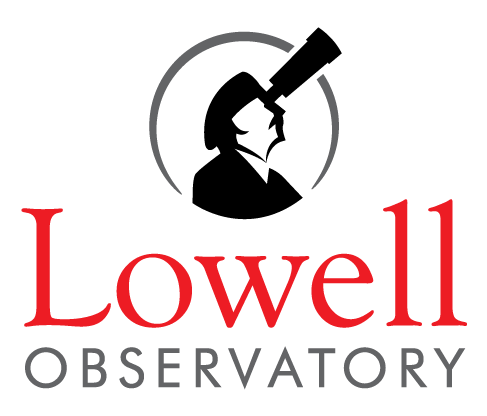*We are grateful for all the effort that went into making The SAO/NASA Astrophysics Data System (ADS) possible. The ADS is operated by the Smithsonian Astrophysical Observatory under NASA Cooperative Agreement NNX16AC86A and can be found at: https://ui.adsabs.harvard.edu/
If you notice publications that are missing, or ones that do not belong, please let us know (send email to sel .at. lowell .dot. edu).
For missing articles, please send either the ADS bibcode, or a standard short form journal citation.
Authors affiliated with "Lowell Obs" are highlighted.
79 publications and 2970 citations total.
